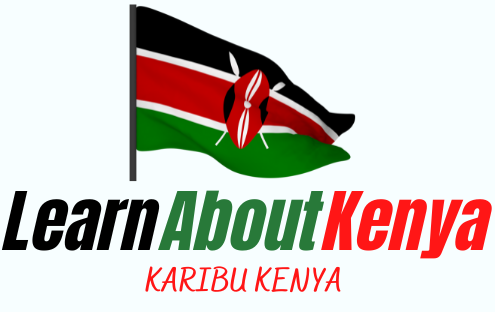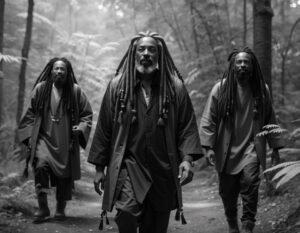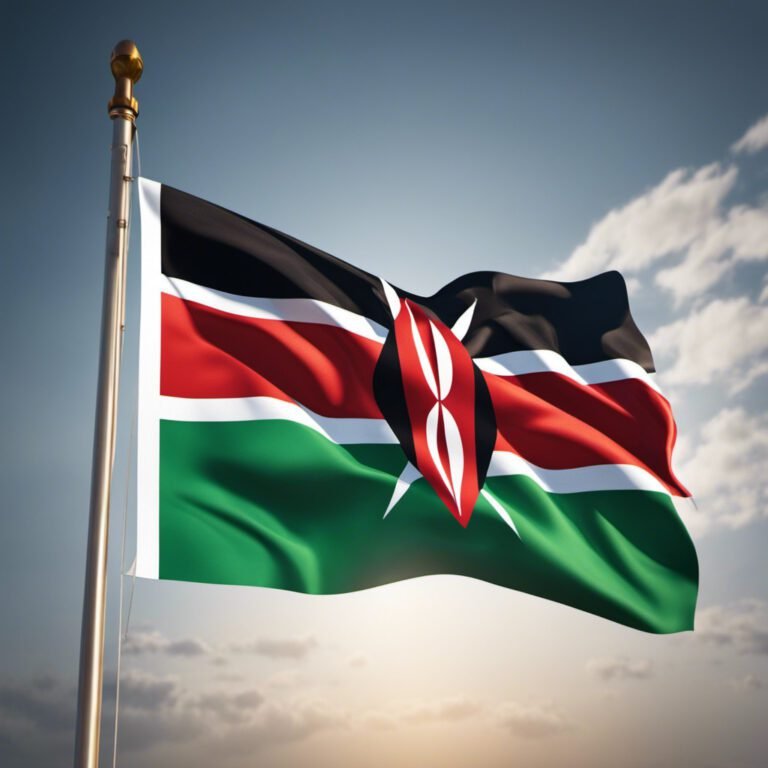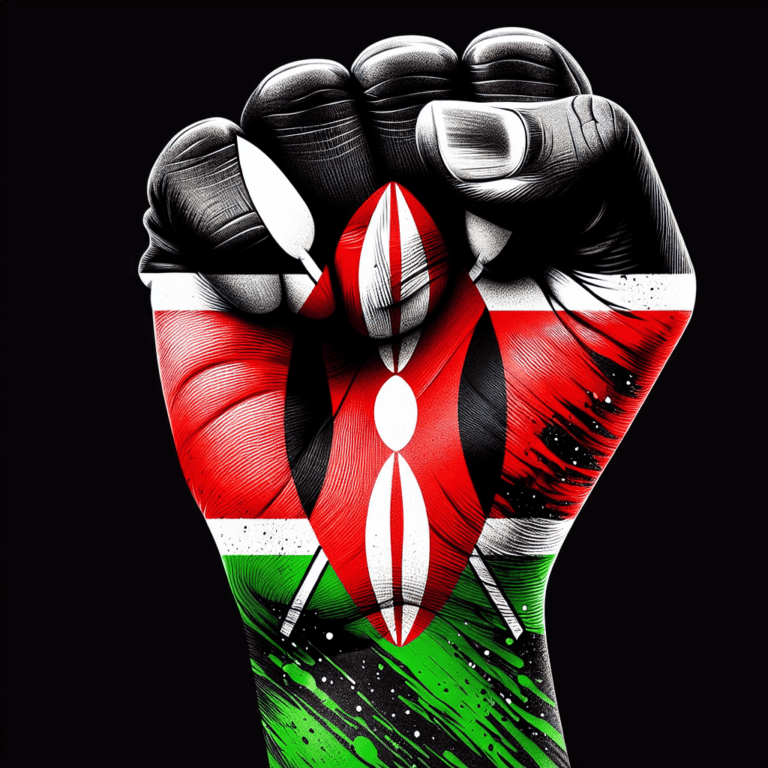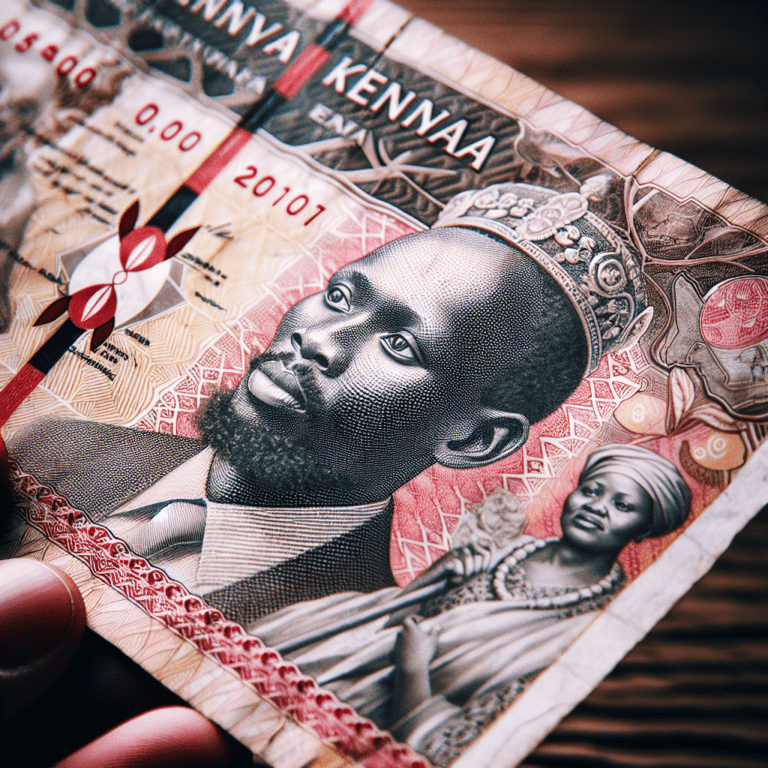What Was The Mau Mau Uprising, And When Did It Occur?
In this article, you will discover the intriguing story behind the Mau Mau Uprising and when it took place. The Mau Mau Uprising holds a significant place in history, and understanding its origins and timelines can provide valuable insights into a tumultuous period. Join us as we dive into the depths of this captivating event and unravel its impact on a nation’s struggle for independence.
Overview
Definition of the Mau Mau Uprising
The Mau Mau Uprising was a significant armed conflict that took place in colonial Kenya from 1952 to 1960. It was primarily led by the Mau Mau, a militant wing of the Kenya Land and Freedom Army (KLFA), against British colonial rule. The Mau Mau Uprising is often described as a “revolutionary war of national liberation” by its supporters, aiming to regain control of land and achieve independence for Kenya. The conflict had a profound impact on both Kenyan society and British colonial policies, leaving a lasting legacy on the post-Uprising Kenya.
Historical context
To understand the causes and motivations behind the Mau Mau Uprising, it is essential to consider the historical context in which it emerged. Kenya was under British colonial rule for many decades, beginning in the late 19th century. The colonization of Kenya had far-reaching consequences, leading to the dispossession of land from the indigenous population, political and social inequalities, and economic exploitation. These factors formed the backdrop for the grievances that fueled the Mau Mau Uprising.
Causes of the Uprising
Land issues and grievances
Land played a central role in the Mau Mau Uprising. The indigenous Kenyan population, particularly the Kikuyu people, faced significant land dispossession due to the colonial settlers and large-scale commercial farming. The loss of ancestral lands created a sense of deprivation and alienation among the local communities, leading to widespread resentment and a desire for land redistribution. The Mau Mau Uprising became a platform for the demands of land restoration and representation.
Political and social inequalities
The political and social inequalities in colonial Kenya also contributed to the eruption of the Mau Mau Uprising. The British colonial administration maintained a system of racial segregation and discrimination, denying the African population equal rights and opportunities. Political power and decision-making were primarily concentrated in the hands of the colonial authorities and a small minority of European settlers. The lack of representation and voice for the majority of Kenyans fostered discontent and a desire for change.
Economic factors
Economic factors also played a significant role in the Mau Mau Uprising. The colonial economic system exploited and marginalized the Kenyan population, with the majority subjected to low wages, poor working conditions, and limited economic opportunities. The extraction of resources and exploitation of labor for the benefit of British settlers contributed to the growing economic grievances among the local population. The Mau Mau movement sought to address these economic inequalities and challenge the exploitative colonial economic structure.
Resentment towards British colonial rule
The overall resentment towards British colonial rule in Kenya was a crucial factor in the emergence of the Mau Mau Uprising. Decades of colonial dominance, cultural suppression, and racial discrimination bred a deep sense of frustration and a longing for independence. The Mau Mau movement provided a platform for the expression of national pride, cultural identity, and the desire to reclaim self-governance. The Uprising was, fundamentally, a struggle for freedom from colonial oppression and the assertion of Kenyan independence.
Key Events and Timeline
Origins and early activities of Mau Mau
The origins of the Mau Mau Uprising can be traced back to the 1940s when various nationalist, anti-colonial movements started to gain momentum in Kenya. The formation of the Mau Mau movement was influenced by both political and cultural factors, drawing inspiration from a sense of African nationalism and resistance against colonial injustice. The early activities of the Mau Mau involved acts of sabotage, attacks on colonial infrastructure, and the cultivation of a sense of unity and solidarity among the local communities.
Declaration of emergency
The Mau Mau Uprising reached a turning point when the British colonial administration declared a state of emergency in October 1952. This declaration allowed the authorities to enact repressive measures, including mass arrests, curfews, and the establishment of detention camps. The state of emergency marked the formal escalation of the conflict and the intensification of the British response to suppress the Mau Mau movement.
Operation Anvil and crackdown on Mau Mau
In April 1954, the British launched Operation Anvil, a major security operation aimed at crushing the Mau Mau movement. This operation involved the mass arrest of suspected Mau Mau members and sympathizers, along with the forcible relocation of rural populations into fortified villages known as “strategic hamlets.” Operation Anvil was marked by widespread human rights abuses, including torture, sexual violence, and extrajudicial killings.
The capture and trial of Jomo Kenyatta
One of the most significant events during the Mau Mau Uprising was the capture and subsequent trial of Jomo Kenyatta, a prominent nationalist leader and later the first President of Kenya. Kenyatta was arrested in 1952 and charged with organizing and leading the Mau Mau movement. His trial became highly controversial and played a crucial role in shaping international perceptions of the Uprising and the British colonial administration’s response.
Impact and Consequences
Casualties and human rights abuses
The Mau Mau Uprising resulted in significant casualties on all sides. While comprehensive figures remain elusive, it is estimated that thousands of people were killed during the conflict, with the majority being Kenyan civilians. The Uprising was marked by widespread human rights abuses committed by both the colonial forces and the Mau Mau fighters, including torture, summary executions, and incidents of collective punishment. The toll on human lives and the violation of basic rights left a lasting impact on both Kenyan society and the perception of British colonialism.
Impact on Kenyan society
The Mau Mau Uprising had a profound and lasting impact on Kenyan society. The struggle against British colonial rule fostered a sense of national consciousness and unity among Kenyans, bridging ethnic and cultural divisions. The Uprising also led to increased awareness and mobilization around issues of land rights, political participation, and social justice. The experiences of the Mau Mau fighters and the consequences of the conflict contributed to the formation of a collective memory and identity that still influences Kenyan society today.
Impact on British colonial policies
The Mau Mau Uprising challenged the legitimacy and sustainability of British colonial rule in Kenya. The brutal suppression of the Uprising and the subsequent international scrutiny forced the British government to reevaluate its colonial policies and approach. The atrocities committed during the conflict prompted a reassessment of colonial practices and a move towards granting independence to Kenya. The Mau Mau Uprising played a pivotal role in influencing the trajectory of British decolonization in Africa.
Legacy and post-Uprising Kenya
The Mau Mau Uprising left a lasting legacy on post-Uprising Kenya. It shaped the political landscape of the newly independent country, with the Mau Mau fighters and their nationalist ideals leaving an indelible imprint on the struggle for independence. The Uprising also sparked a process of healing, reconciliation, and nation-building, as Kenyans grappled with the traumatic experiences of the conflict. Today, the memory of the Mau Mau Uprising remains an important touchstone in Kenyan history and continues to influence the pursuit of social justice and national unity.
Role of Key Figures
Jomo Kenyatta
Jomo Kenyatta, a central figure during the Mau Mau Uprising, played a pivotal role in Kenya’s struggle for independence. As the leader of the Kenyan African Union (KAU), he advocated for the rights of Kenyans and the restoration of land to indigenous communities. Kenyatta’s arrest and subsequent trial heightened international attention on the Mau Mau movement and galvanized support for Kenya’s independence cause. After his release in 1961, Kenyatta went on to become the first President of Kenya, leading the country through its formative years of nation-building.
Dedan Kimathi
Dedan Kimathi, an influential leader within the Mau Mau movement, played a crucial role in the armed resistance against British colonial rule. As the field marshal of the Mau Mau, he effectively organized and coordinated guerrilla actions against the colonial forces. Kimathi’s capture and subsequent execution in 1957 marked a symbolic turning point in the Mau Mau Uprising. His resistance and martyrdom continue to inspire generations of Kenyans in the pursuit of justice and freedom.
Field Marshal Dedan Kimathi
Field Marshal Dedan Kimathi’s contribution to the Mau Mau Uprising cannot be understated. As a charismatic leader and military strategist, Kimathi’s presence provided a unifying force for the Mau Mau fighters. His dedication to the cause and his willingness to confront the colonial authorities head-on made him a prominent figure in the struggle for independence. Kimathi’s capture, trial, and eventual execution served as a rallying point for Kenyan nationalists and further inflamed anti-colonial sentiment.
International Repercussions
International response and media coverage
The Mau Mau Uprising captured international attention and garnered significant media coverage. Reports of the brutality committed by both the Mau Mau fighters and the British colonial forces drew widespread condemnation and criticism. The international response to the conflict influenced the narrative surrounding the Uprising and played a role in shaping global perceptions of British colonialism. The Uprising also became a touchstone for other anti-colonial movements across Africa, inspiring solidarity and support for Kenyan independence.
Involvement of neighboring African countries
The Mau Mau Uprising had reverberations beyond the borders of Kenya, with neighboring African countries becoming involved in different ways. Tanzania (then Tanganyika), under the leadership of Julius Nyerere, provided a safe haven and support for Mau Mau fighters, allowing them to regroup and plan their actions against the colonial forces. The involvement of neighboring countries highlighted the regional significance of the Uprising and the interconnected nature of anti-colonial struggles in East Africa.
Historiography and Controversies
Different interpretations of the Uprising
The historiography of the Mau Mau Uprising is marked by differing interpretations and perspectives. Supporters of the Mau Mau movement view it as a heroic struggle against colonial oppression and injustice, emphasizing the nationalist and revolutionary motives behind the Uprising. On the other hand, some historians have highlighted the violent and brutal tactics employed by the Mau Mau fighters, questioning the movement’s overall impact and objectives. The diverse interpretations of the Uprising continue to shape the understanding of its historical significance.
Controversies surrounding British colonial administration’s actions
The actions of the British colonial administration during the Mau Mau Uprising have been subject to considerable controversy and criticism. The widespread human rights abuses committed by the colonial forces, such as torture and extrajudicial killings, have been extensively documented. The British government’s response to the Uprising, including the declaration of a state of emergency and the establishment of detention camps, has been seen by many as excessive and disproportionate. The controversies surrounding the British colonial administration’s actions continue to be debated and scrutinized today.
Commemoration and Rememberance
Annual observance of Mau Mau Uprising
The Mau Mau Uprising is commemorated annually in Kenya, with October 20th designated as Mashujaa Day, or Heroes’ Day. This national holiday serves as a tribute to the bravery and sacrifice of the Mau Mau fighters and the resilience of the Kenyan people during the struggle against colonial rule. The observance of Mashujaa Day allows Kenyans to reflect on the legacy of the Uprising and honor those who fought for their country’s independence.
Memorials and monuments
Throughout Kenya, various memorials and monuments stand as reminders of the Mau Mau Uprising and its significance in the country’s history. These physical tributes commemorate the lives lost during the conflict and serve as symbols of collective remembrance and national identity. The memorials and monuments provide spaces for reflection and education, ensuring that the sacrifices made during the Mau Mau Uprising are not forgotten.
Movies, Literature, and Mau Mau
Representation of Mau Mau in literature and movies
The Mau Mau Uprising has been explored and depicted in various forms of literature and movies. Literary works such as Ngũgĩ wa Thiong’o’s “A Grain of Wheat” and “Petals of Blood” provide fictionalized accounts of the Uprising, highlighting the experiences of both the Mau Mau fighters and the Kenyan population at large. Additionally, movies such as “The Battle of Algiers” by Gillo Pontecorvo draw parallels to the Mau Mau Uprising, showcasing the broader themes of anti-colonial resistance and the complexities of armed struggle.
Impact on cultural and artistic expressions
The Mau Mau Uprising has had a significant impact on cultural and artistic expressions in Kenya. It has inspired a rich body of literature, poetry, and music that reflects the experiences and aspirations of the Mau Mau fighters and the wider Kenyan society. Artistic forms such as traditional dances, storytelling, and visual art have also incorporated narratives of the Mau Mau Uprising, contributing to the preservation and transmission of the Uprising’s history and significance to future generations.
Lessons Learned and Reconciliation
Reconciliation efforts in post-Uprising Kenya
In the aftermath of the Mau Mau Uprising, efforts have been made in Kenya to promote reconciliation and healing. Recognizing the wounds inflicted by the Uprising, the Kenyan government has sought to address the injustices committed during the conflict and provide reparations to the victims. Initiatives such as truth and reconciliation commissions, community dialogues, and memorial projects aim to promote understanding, forgiveness, and reconciliation among Kenyans who were affected by the Uprising.
Rebuilding and healing of society
The Mau Mau Uprising was a traumatic period in Kenyan history, leaving scars on the society that persisted long after the conflict ended. Rebuilding and healing the wounds inflicted by the Uprising required concerted efforts to address the root causes of the conflict and promote social justice. The process of healing involves acknowledging past wrongs, fostering a sense of national unity, and working towards creating a more equitable and inclusive society for all Kenyans.
The Mau Mau Uprising remains a significant chapter in the history of Kenya and the African continent as a whole. It brought to light the deep-seated grievances and aspirations of the Kenyan people, igniting a struggle for independence and self-determination. The Uprising continues to shape the national identity and memory of Kenya, reminding its people of the importance of social justice, unity, and the pursuit of freedom.
Check also who were the leaders of the mau mau movement
